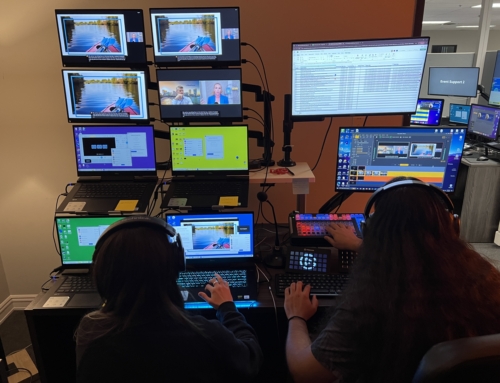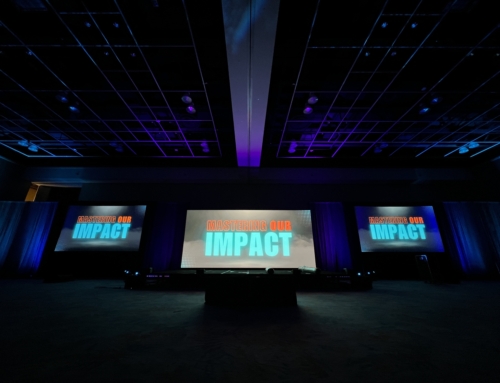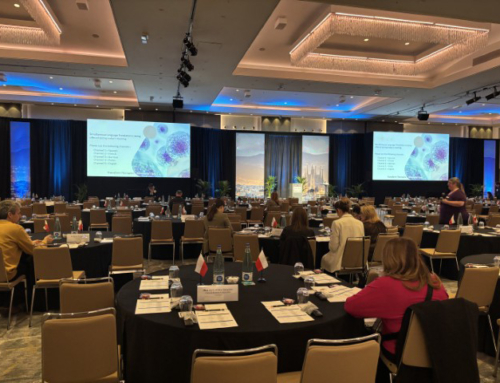There is a misconception among many meeting planners that there isn’t much face-to-face interaction in a virtual space. While it is true that much of the virtual interacting people typically experience is one-way communication like a webinar or lecture-style presentation, there are multiple options available for two-way interactions. Think chat, Q&A, polling, discussion forums, networking options, etc.
To determine the best options though, we need to consider a few things. Think about your audience and their viewing and interaction habits. See if you can find some data from your webinars or other virtual events to determine where attendees were most active. Look at any past surveys to see what was liked and disliked. Some groups, for example, really love to chat while others don’t really engage in that space. Once you determine what has been most effective, you can use that as the foundation on which to build even more interaction.
Next, you need to look at your prospective audience size and the time available in the sessions. The larger the group, the more management that is needed to ensure any interactivity stays on topic and on time. While you may want a lot of conversation and collaboration between attendees and presenters, if the audience is huge and the time allotted is short, it will impact the ability to fully share the content. Thus, it is a must to help facilitate conversation, look at questions, read text comments, and manage time.
This, of course, is assuming your content is a presentation. Although that is what we usually think of as far as communicating material, there are other options. For example, topic-based discussions through text-based chat using facilitated discussion forums or panel discussions where audience members essentially drive conversation and discussion once a central theme or question is posed. These options offer true co-creation of value and can be the highlights of an event.
Finally, there is the question of interacting outside of the confines of content sharing. In other words, what about networking over the course of an event? How will people casually or formally meet other attendees? When deciding on a virtual platform, these questions are precisely why it is critical to consider the different ways offered to network. innoVia Productions’ Zenevent platform, for example, offers various capabilities.
The platform’s Networking Roulette feature, which takes profile information to sort individuals into networking pods and sends them to rooms with separate audio and video, is perfect for large groups, and when combined with ice-breaker questions, can provide a way for your attendees to see and speak to people they might not have gone out of their way to meet.
The Chat Lounge feature, by contrast, puts the ball in the attendees’ court with instructions to go find and connect with others where they meet in discrete rooms. This feature gives attendees a more traditional Happy Hour networking feel and is a very relatable way for people to find their connections.
The most important thing planners should do to build confidence that their events will be truly interactive is promote their interaction plans. Once the agenda is set, communicate over and over about the interactive and networking activities that are part of the event. This will allow you to get people excited about attending an event where they are interactive participants rather than inactive viewers.
For more information on the Zenevent platform and our networking solutions, please visit the Zenevent website.






